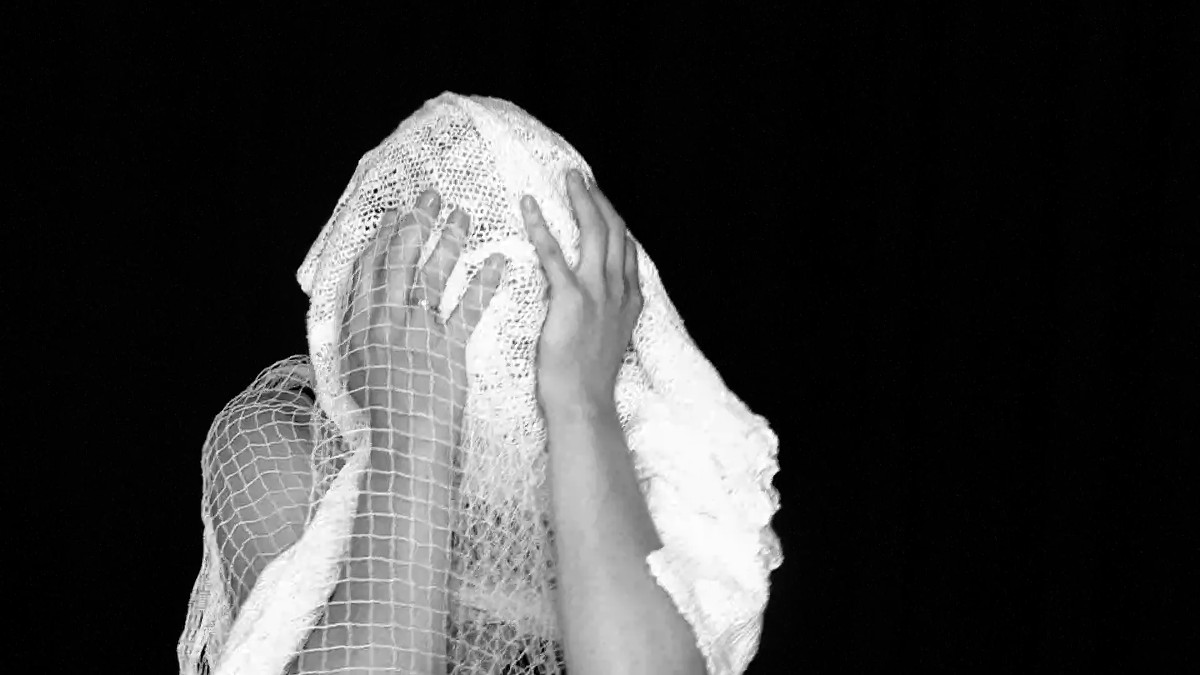
21 Apr Map of The Trial of Joan of Arc | Bridget Mackey
BRIDGET MACKEY has been interning with THE RABBLE as they rehearse JOAN. She writes …
The story of Joan of Arc has been told through poetry, song, theatre and film for over 500 years. You might have a mental image of Joan of Arc. Perhaps you know her as a national heroine of France or as the Virgin Warrior. You might know that she was born in 1412 in Dromrémy, France. You may have heard that the voice of God directed Joan, an eighteen year-old illiterate peasant woman, to become the saviour of the French at the Siege of Orleans during the Hundred Years War. You might know that Joan’s revelations came to her through visions of Saint Catherine, Saint Michael and Saint Margaret. You might know that the victories secured by Joan led to the coronation of King Charles VII. You might know that Joan was handed over to the English, who tried her for crimes of heresy, crossdressing and witchcraft. You might know that, at the age of 19, she was condemned to burn at the stake. You might know that she was burnt twice. And that many years after that, in 1920, she was canonised. Or this might be the first time you’ve heard anything at all about Joan of Arc.
Much of the information we have about Joan of Arc is secondhand. The earliest surviving depiction of her is from 1429 and is a sketch by the secretary of the Parliament of Paris, a man who never met her. The image appears as a side-note next to the official record of the victory at Orleans. Joan was illiterate, relying on other people to write her letters. The deft way she responds to her prosecutors in the transcripts of her trial indicate that she was smart and fierce. But the trial document can’t be read as a true depiction of Joan’s voice: it was recorded by the men who condemned her and in a language that was not her own.
+ + +
Bridget’s map of information about the first Four of Joan’s Trials.

